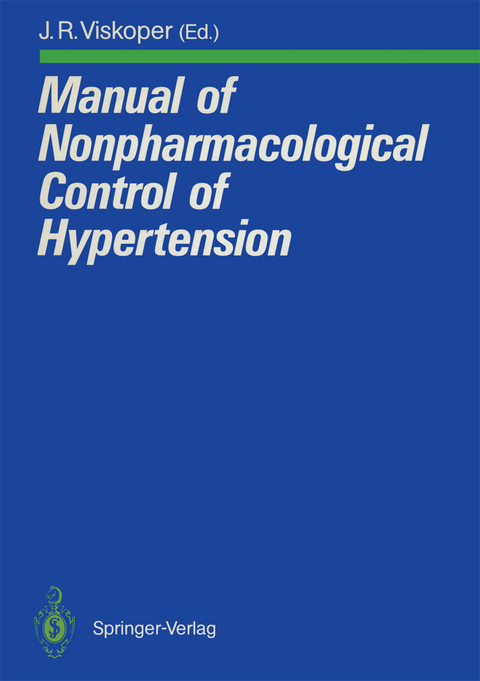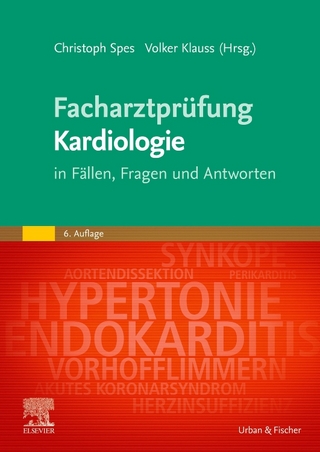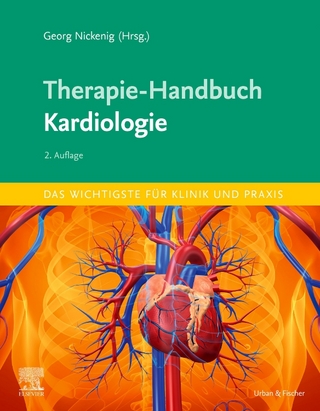
Manual of Nonpharmacological Control of Hypertension
Springer Berlin (Verlag)
978-3-540-51070-3 (ISBN)
Preface.- I: General Background.- 1 Risk Factors for Cardiovascular Disease and Their Control.- 2 The Role of the Family Practitioner in Hypertension Control.- 3 Patient Compliance with Health Behavior Programs.- 4 Communication Enhancement.- 5 Stress.- II: Implementation of Nonpharmacological Control of Hypertension and Other ASCVD Risk Factors.- 6 Nutritional Intervention.- 7 Physical Activity Enhancement.- 8 Stress Management.- 9 Cessation of Smoking.- 10 Promoting Compliance in Nonpharmacological Treatment.- III: The Israel Study of Nonpharmacological Control of Hypertension in Primary Care Practices.- 11 Program Design, Evaluation, Method, and Preliminary Results.- Accurate Measurement of Blood Pressure.- Forms for Chapters 6, 7, and 11.
| Erscheint lt. Verlag | 25.7.1990 |
|---|---|
| Zusatzinfo | IX, 132 p. |
| Verlagsort | Berlin |
| Sprache | englisch |
| Maße | 170 x 242 mm |
| Gewicht | 275 g |
| Themenwelt | Geisteswissenschaften ► Psychologie ► Klinische Psychologie |
| Medizinische Fachgebiete ► Innere Medizin ► Kardiologie / Angiologie | |
| Medizinische Fachgebiete ► Innere Medizin ► Nephrologie | |
| Medizin / Pharmazie ► Physiotherapie / Ergotherapie ► Rehabilitation | |
| Schlagworte | Blood pressure • Cardiovascular • Hypertension • non-pharmacologic control of CVO • Rehabilitation • risk factors • vascular disease |
| ISBN-10 | 3-540-51070-2 / 3540510702 |
| ISBN-13 | 978-3-540-51070-3 / 9783540510703 |
| Zustand | Neuware |
| Haben Sie eine Frage zum Produkt? |
aus dem Bereich


